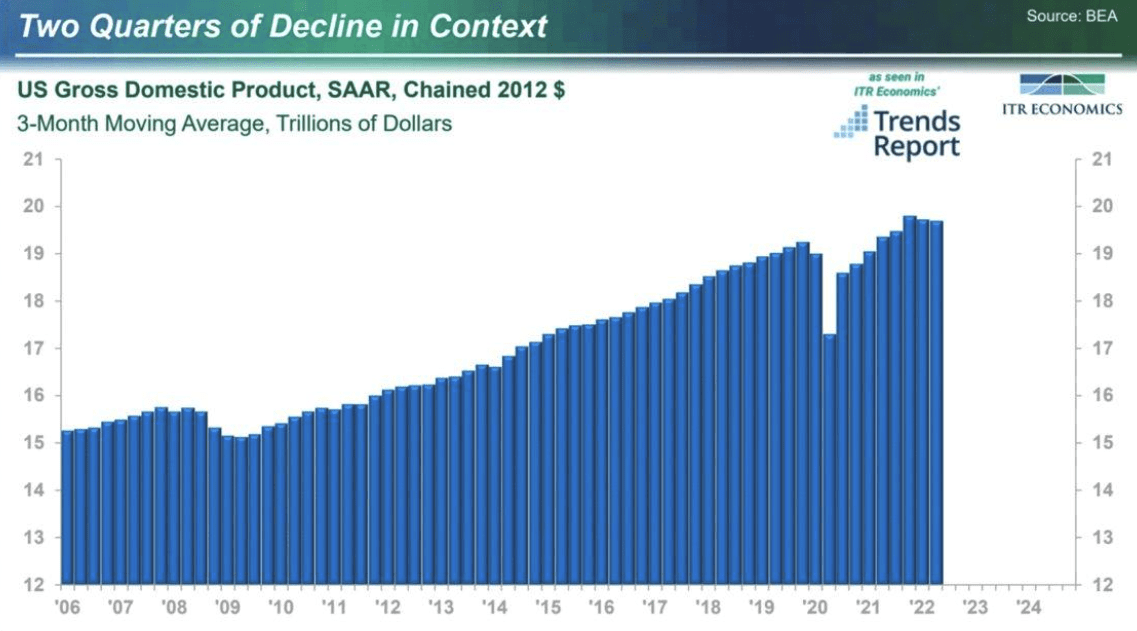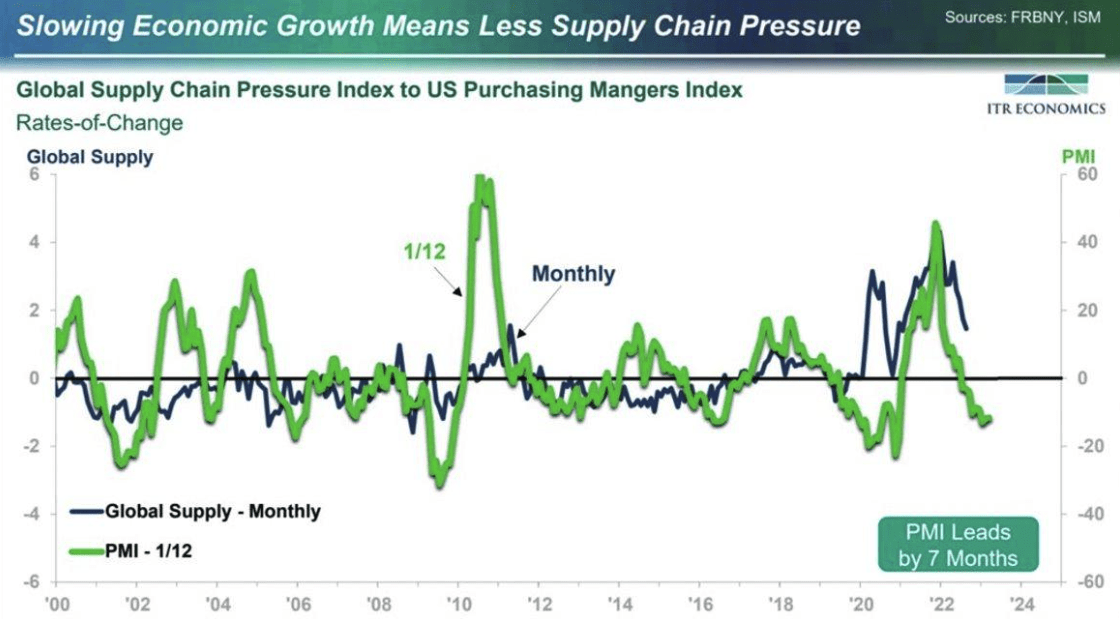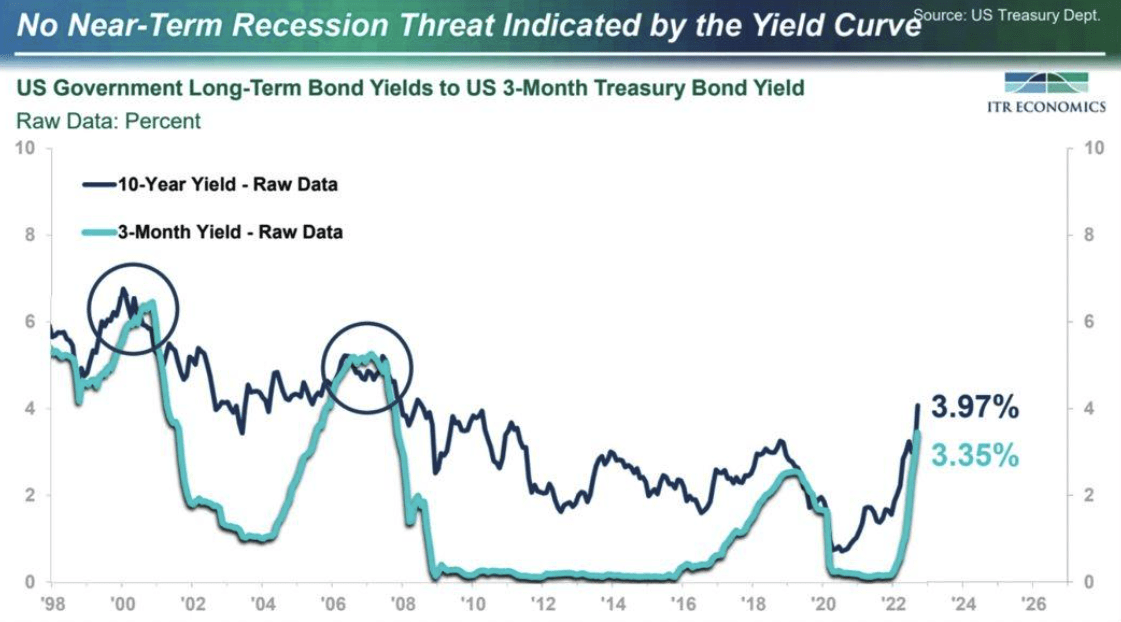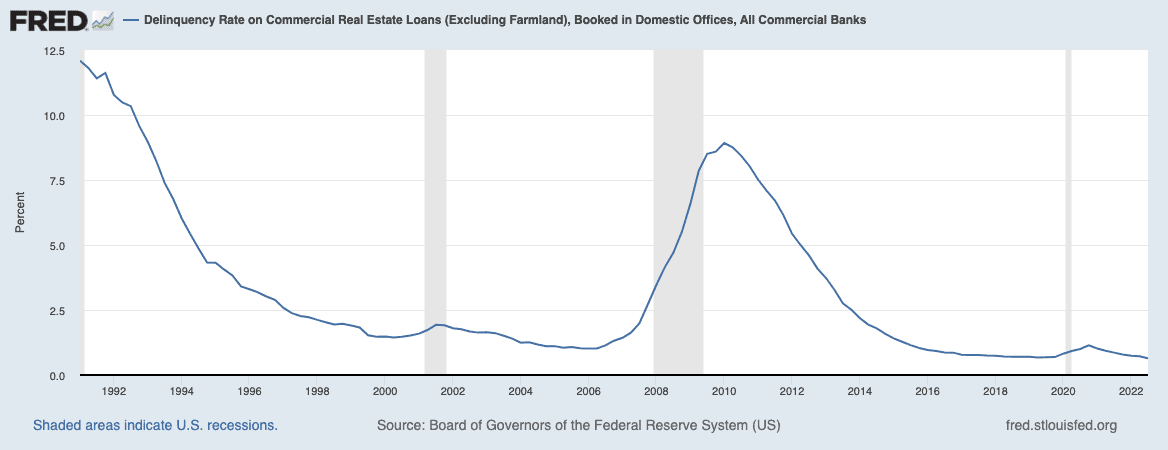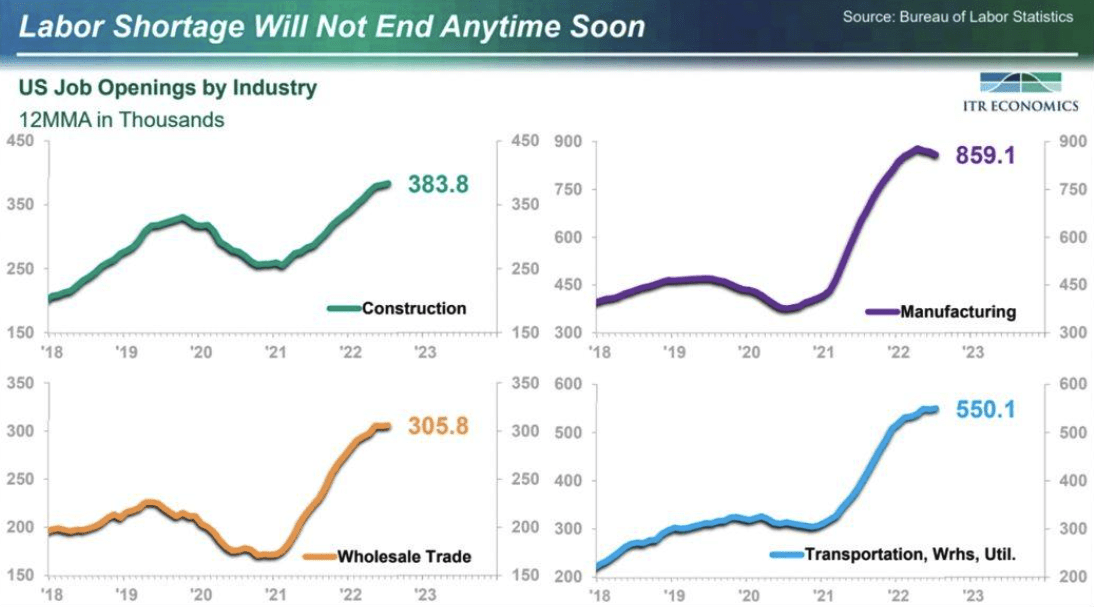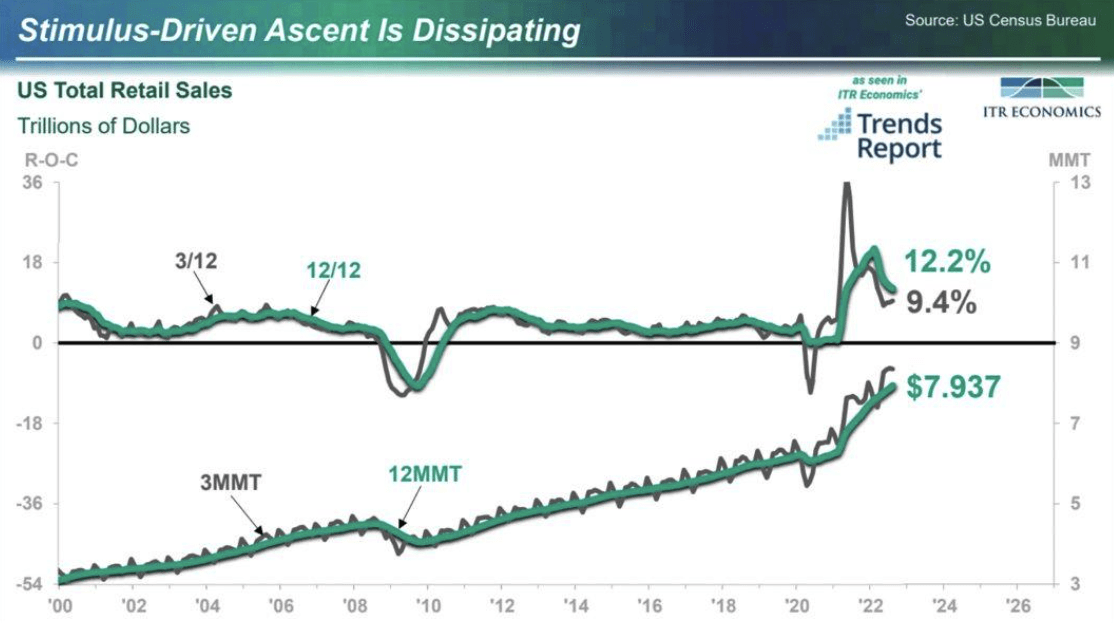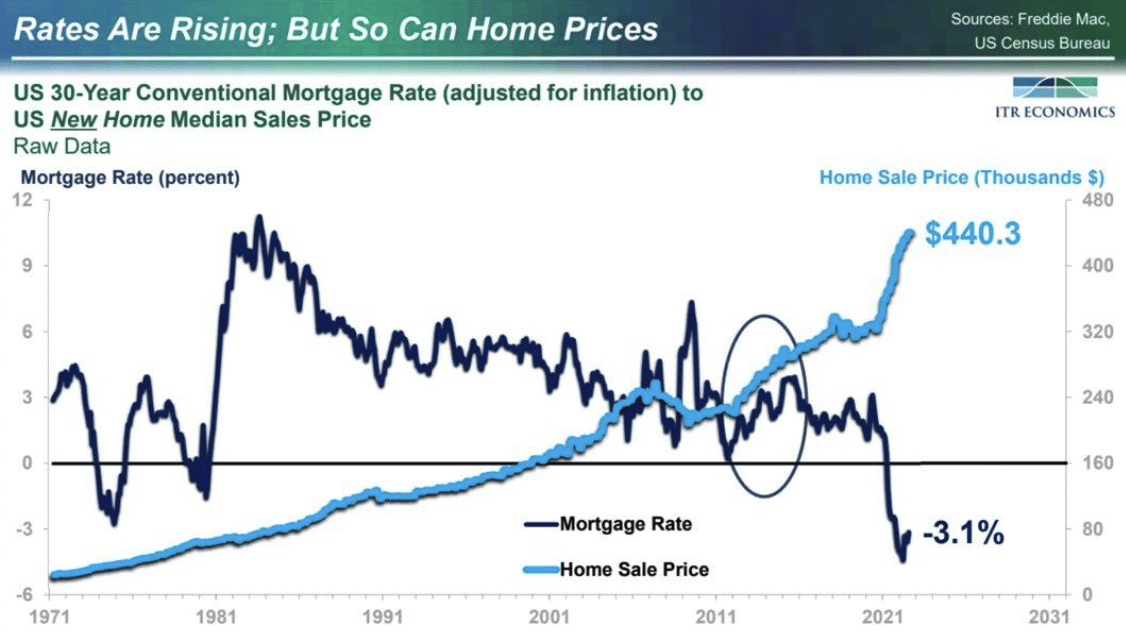
Multifamily investors and employees are facing persistent financial pressures, including record-breaking inflation, enduring supply chain constraints, rising interest rates, and plummeting consumer confidence. These concerns leave many rental housing owners and managers wondering: what does the future hold for the multifamily industry?
While U.S. inflation has recently eased, it remains near a 40-year high, according to AP News. Consumers continue to feel their spending power strained by still higher-than-average prices on everything from gas to groceries. Many are tightening their belts as a result. Owners and operators of rental communities are justifiably concerned about the future forecast for multifamily rentals. Will 2023 be a bumpy ride?
Record rental growth and high occupancy may be ending.
Amid the tumult and uncertainty of the pandemic in the U.S. for the past two-plus years, the rental housing industry was buoyed by record demand for apartments and surging rental rates. The New York Times reports that according to CoStar Group, “in buildings with more than 50 units, tenants in one-bedroom apartments have been handed new leases costing about 17% more on average than they did in March 2020.” Multi-Housing News shared that according to Yardi Matrix’s survey of 140 markets, the average U.S. asking rent rose 12.6% year-over-year through July 2022, while the national occupancy rate remained similarly strong at 96% for the fifth straight month.
Are there signs that demand for rental housing is waning? RealPage analyst Jay Parsons puts it bluntly: “A number of indicators suggest the once blazing-hot rental housing market is cooling off dramatically.” He continues, “Apartment demand has cratered from 2021’s all-time highs due to what appears to be an abrupt halt in housing formation.” Data from Yardi Matrix, as reported by Multi-Housing News, also shows a deceleration of growth. “August marks the first month since June 2020 with tepid rent growth…a trend that will likely linger by the end of the year.”
Cratering apartment demand, a halt in housing formation, and deceleration of growth – it sounds ominous. What does it mean for owners and operators of multifamily housing?
A return to normal
According to Multi-Housing News, “While record rent growth in 2021 was the result of record-high absorption (580,000 units), the softening in absorption—roughly half that pace in 2022—does not send negative signals but is instead falling into values representative of a typically solid year.”
RealPage’s Parsons also sees normalcy in the recent leveling out of apartment demand. According to RealPage’s analysis, leasing traffic slowed in the third quarter of 2022 (typically seasonally a strong leasing period), and effective asking rents fell month-over-month for the first time since December 2020. Despite that, Parsons says this marks a return-to-normal seasonal pricing. “To be clear, the U.S. apartment market remains on firm footing,” explains Parsons. “Apartment vacancy jumped 1.0 percentage point in 3rd quarter but remained low at just 4.4%.”
Realtor.com’s chief economist Danielle Hale spoke to CNBC about her predictions for multifamily rents in 2023. Said Hale, “My expectation is that rent growth will slow, but we may not see it go back to what was typical before the pandemic.” Instead, she anticipates rent price growth, while not as dramatic as in 2021-2022, will likely remain elevated well into the New Year.
Impact on multifamily transactions, construction starts.
Rising material costs, higher interest rates, and ongoing economic uncertainty have a big impact on the new construction of multifamily apartment communities and build-to-rent single-family homes, as well as sales of established rental housing. According to the Freddie Mac Multifamily’s 2022 Midyear Multifamily Outlook, “a steep rise in Treasury rates may push potential deals to the sidelines as borrowers wait out the volatility.”
Similarly, RealPage’s Parsons anticipates a drop in new construction starts of multifamily communities. “New apartment starts are expected to soon drop from multi-decade highs due to higher financing costs and softening fundamentals,” says Parsons.
A reduction in construction starts may keep rents and occupancies high. That’s because the U.S. is already facing a dire shortage of rental housing. A recent study commissioned by the National Multifamily Housing Council and National Apartment Association and reported in Multi-Housing News reveals that the U.S. needs to build 4.3 million new apartments by 2035 to address demand, deficit, and affordability. Put simply, demand for rental housing is outstripping supply which keeps both rents and occupancy rates high.
Continued optimism for rental housing as an investment and employer of choice
While rising inflation can be both disruptive and worrisome to multifamily owners, investors, and employees, the outlook for rental housing remains favorable. Real estate investment expert Adam Kaufman sees abundant reason for optimism. “Multifamily assets in particular, tend to perform well in an inflationary period,” he tells Forbes. “Economic growth fuels employment and higher wages, which in turn drives demand for housing. At the same time, the housing market, in general, faces a chronic shortage of some 5 million units. Together, those conditions give multifamily owners the ability to raise rental rates and offset higher construction, labor, insurance, taxes, and other costs, potentially allowing multifamily properties to hedge the effects of inflation.”
RealPage’s Parsons puts it even more plainly: “At the end of the day, people need a place to live. You can work from anywhere and shop from anywhere. But you need a home. That’s a long-term tailwind for housing of all types.”
Those are reassuring perspectives for multifamily professionals, whether they are building communities or building careers.
Source: Inflation and Multifamily Real Estate: What to Expect for 2023
https://www.creconsult.net/market-trends/inflation-and-multifamily-real-estate-what-to-expect-for-2023/



 [ux_text text_align="left"]
[ux_text text_align="left"]

